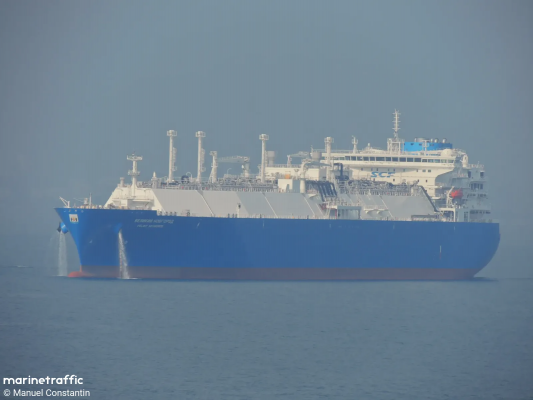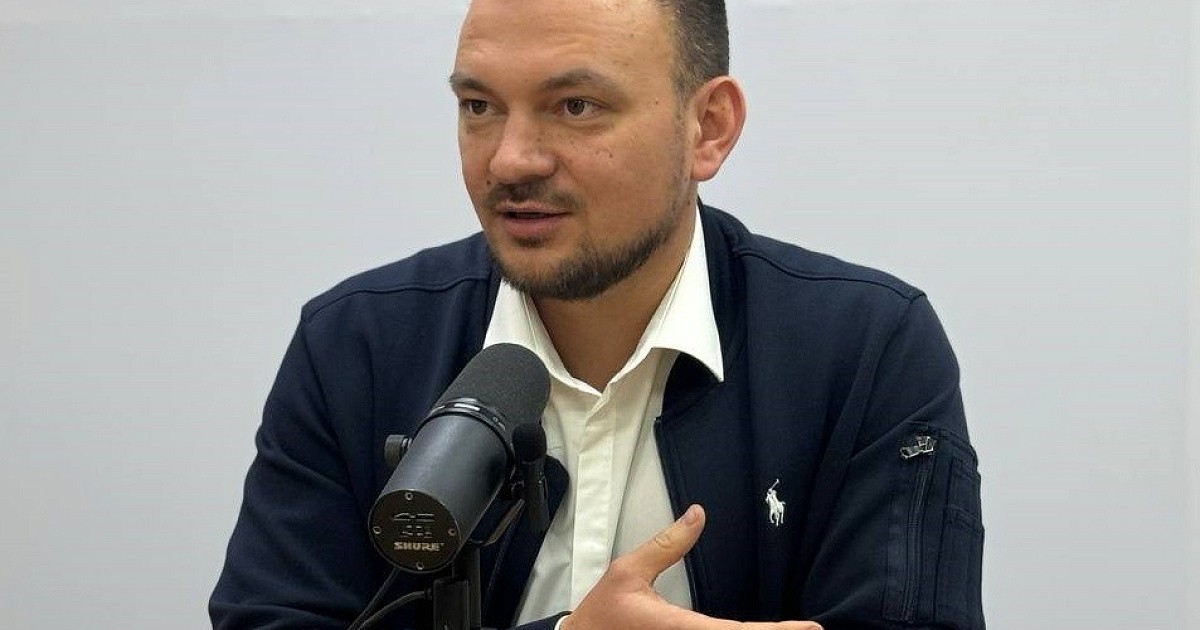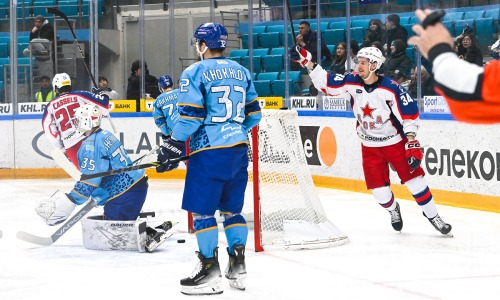After spending more than two weeks in In the Mediterranean Sea, the tanker Veliky Novgorod with Baltic LNG headed for Asia. Obviously, Gazprom did not find buyers for the cargo from the Portovaya complex in Europe and sold it to China. The company is sending more and more LNG to East. Due to the long routes to new customers, Gazprom needs more and more ships in order not to delay shipments and maintain stable production. The servicing fleet has already doubled to four tankers.
On the evening of July 2, the LNG tanker Veliky Novgorod left the The Mediterranean Sea through the Strait of Gibraltar and set a course in the Atlantic Ocean south along the coast of Africa. Obviously, the ship is heading to Asia. Earlier, on June 10, a gas carrier came to the area of Greece in In the Mediterranean Sea with a cargo of LNG from the Baltic Portovaya complex and has been maneuvering since then.
Gazprom stated that they sell liquefied natural gas on the spot market. Obviously, they were waiting for a buyer: until the spring of this year, the main importers of Baltic LNG were companies from Greece and Turkey. But he never showed up, and the cargo was sold to Asia.
Perhaps the deal with the traders did not work out due to low demand.
The European direction is the most profitable for Gazprom due to the short transport shoulder. But this year, most of the cargo began to leave for China, which immediately affected the service fleet. The distance in one direction increased from 4-4.5 thousand miles to 15-16 thousand miles. By time — from a week to a month or more.
And if earlier two gas carriers, Pskov and Veliky Novgorod, were enough to service the Portovaya, now the fleet has been increased to four. So, the tanker-regasification terminal Marshal Vasilevsky, designed to provide Kaliningrad, left for a flight to China. The Cool Rover gas carrier was also involved. It belongs to a Greek company and delivers goods to Spain.
The design capacity of Gazprom’s medium-tonnage LNG complex at Nord Stream is 1.5 million tons (2 billion cubic meters) per year. Every month, Portovaya, launched in September 2022, loads two traditional gas carriers (90 million cubic meters each). These volumes cannot be compared with the Nord Stream, which was blown up by saboteurs (up to 60 billion cubic meters per year), but they are a significant help for the company in the face of a significant decrease in pipeline gas supplies due to sanctions and counter-sanctions.
It is still unknown whether Gazprom will need additional gas carriers or European companies will resume purchases. The import of Russian gas, pipeline and LNG, to Europe is not limited by sanctions. The ban applies only to the joint procurement program of the EU countries.
As EADaily reported with reference to Eurostat, in the first quarter of 2024, the share of Russian gas in the total imports of EU countries increased to 17%. Its supplies amounted to 10.5 billion cubic meters in three months and bypassed imports from the United States.













